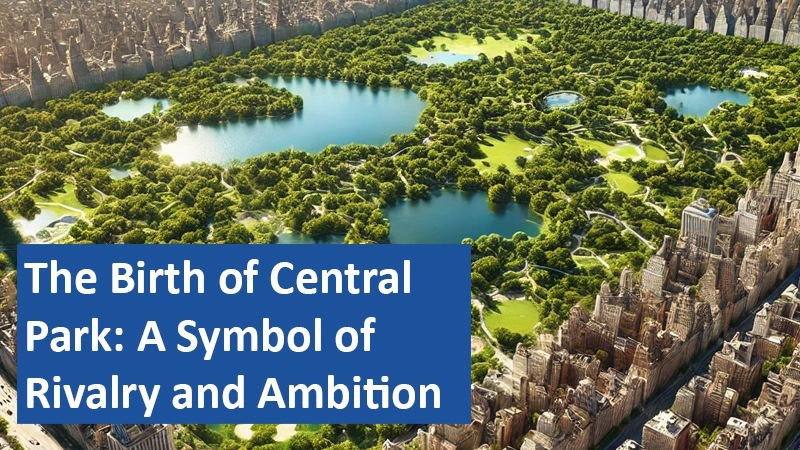In the mid-19th century, New York City was eager to match the grandeur of European capitals like Paris and London, which boasted impressive parks. To compete on the world stage, the city’s elite pushed for a vast green space that would enhance New York’s cultural standing. What emerged was Central Park, now a 3.4 square kilometer oasis in the heart of Manhattan. But beneath its serene exterior lies a history rooted in social ambition and displacement.
By John Adams
The Ambition Behind the Park

New York’s upper-class felt that the city needed a grand public park to match the sprawling green spaces of European cities. As the city grew economically, its leaders believed a park could elevate New York’s image. Inspired by the parks of London and Paris, wealthy New Yorkers aimed to make Central Park a cultural landmark. It would symbolize not only wealth but also the city’s desire to compete with the great metropolises of Europe.
Displacement of Seneca Village
Before Central Park was developed, the area was home to a thriving community called Seneca Village. This village, established in the 1820s, was populated primarily by free Black Americans and Irish immigrants. By the mid-1800s, it had churches, schools, and small farms. However, the city passed laws to seize the land, displacing about 1,600 residents to make room for the park. Seneca Village was destroyed, erasing a significant chapter of New York’s African American history.
A Revolutionary Design
The design of Central Park was entrusted to Frederick Law Olmsted and Calvert Vaux, who created the iconic “Greensward Plan.” Their vision was to craft a natural landscape featuring rolling lawns, wooded areas, and winding paths. They introduced a groundbreaking system of separate pathways for pedestrians, horseback riders, and carriages. This hierarchy of movement ensured that even the wealthiest had to experience the park on foot to appreciate its beauty, reflecting their progressive vision for a unified urban space.
Decline and Revival
Though Central Park opened to the public in 1858, it took decades to complete. Political conflicts and the Civil War delayed construction. By the 1960s, the park had fallen into disrepair, with rising crime and neglect. However, the creation of the Central Park Conservancy in 1980 sparked a massive restoration effort. Today, Central Park is not only a recreational area but also a reflection of New York’s complex history and cultural evolution.
Central Park stands as a testament to the city’s ambition to blend natural beauty with urban life. What began as a project driven by competition with Europe has evolved into a beloved symbol of New York’s resilience and commitment to preserving its public spaces.
Based on content from www.spektrum.de and additional research.